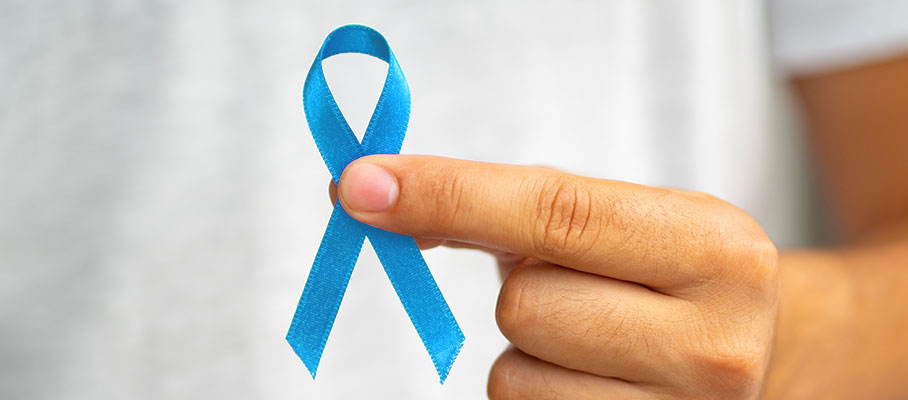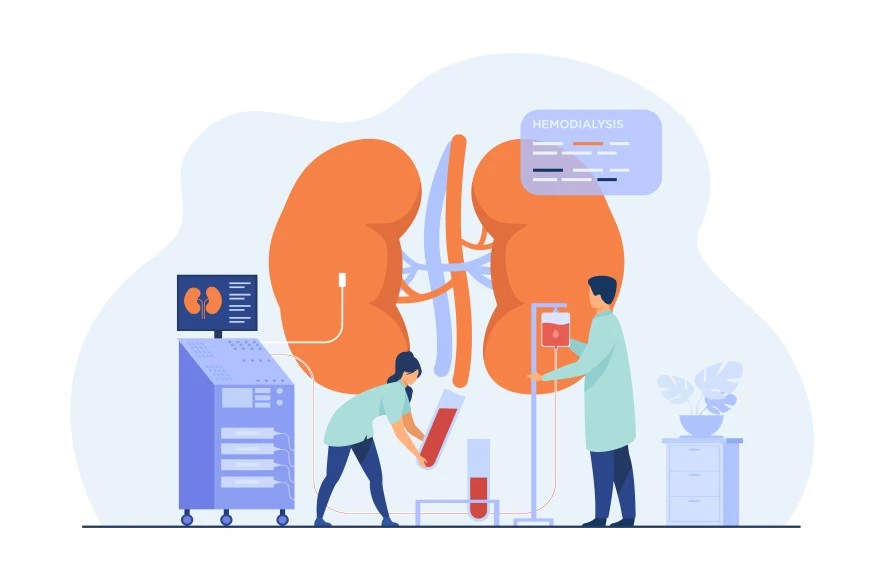Health Wellness
Men's health special: What does prostate problems feel like?

The prostate is a small gland in men, which is located between the urinary bladder and penis just in front of the rectum. This gland makes secretions that contribute to semen and nourish sperms. Just like any other body organ, the prostate gland can also be affected by a number of health issues. Generally, it is a walnut-sized organ. However, its size tends to grow as men get older. The prostate gland can get inflamed too. In fact, prostate problems become increasingly common after age 50. The best part is knowing about these issues can help you take the preventive steps for prostate-related issues while you still can.
Symptoms of prostate problems
The symptoms of prostate problems might depend on the underlying cause and condition. At large, urination-related problems generally appear with most of them. Do check with your doctor right away if you experience any of these symptoms:
- Frequent urge to urinate
- Frequent waking at night to urinate
- Difficulty starting urination
- Inability to empty bladder completely
- Blood in urine or semen
- Pain or burning sensation while passing urine
- Dribbling of urine
- Painful ejaculation
- Frequent pain or stiffness in lower back, hips, pelvic area, or upper thighs
Common prostate problems affecting men
Enlarged prostate: The age-associated enlargement of the prostate gland is also called benign prostatic hyperplasia, or BPH. This is very common in older men. Please note this prostate enlargement is non-cancerous. There is no known cause, but healthcare experts say that it is usually linked to hormonal changes a man’s body goes through while one age. The treatment will depend on the severity of your symptoms. You can be given medicines that help shrink the size of the prostate or relax the muscles near your prostate to improve the symptoms. Your doctor might also recommend surgery. Certain other treatment options like lasers are also available.
Prostate cancer: Prostate cancer is a slow-growing cancer which when detected early, can be completely treated. The symptoms include common problems associated with urination and thus people may ignore them considering aging signs. Hence those with risk factors including men above 50 years of age or having a family history of prostate cancer (father, brother, etc had been diagnosed with prostate cancer) should get screened for prostate cancer to keep an eye on their prostate health. The two tests used for prostate cancer screening include prostate-specific antigen (PSA) testing and a digital rectal examination (DRE). While the PSA test looks for PSA levels that can be high in men with an enlarged prostate gland or with prostate cancer, the DRE can help your doctor manually check any hard areas, lumps, or growth spreading beyond the prostate, any pain while pressing the prostate, or any change in the texture or size of the gland. Most doctors might suggest annual PSA testing for all men starting at age 50. Men at high risk of prostate cancer can also be asked to start screening even earlier. Consult with your doctor to know what is best for you.
Treatment for prostate cancer may include surgery, radiation therapy, or hormone therapy. Your doctor knows the best about the treatment options.
Prostatitis: Inflammation of the prostate gland, called prostatitis, is another common condition that affects up to one in six men at some point in their lifetimes. Unlike the enlarged prostate and prostate cancer that are largely seen in old age, prostatitis affects men of all ages. The causes of the inflammation can range from a bacterial infection, to stress and mechanical or neuromuscular issues in the pelvic muscles that tend to irritate the area.
At large, prostatitis can be of four types: acute bacterial prostatitis, chronic bacterial prostatitis, chronic nonbacterial prostatitis, and asymptomatic inflammatory prostatitis. Acute bacterial prostatitis can give you fever, chills, or pain in addition to prostate symptoms. The good news is most cases can be treated with antibiotics. If an infection keeps on coming back time and again, it might be chronic bacterial prostatitis. It might need long-term treatment with antibiotics. Other chronic forms that are not caused due to infection might require a combination of medicines, surgery, and lifestyle changes. While certain risk factors such as aging and family history are not changeable, you can make simple changes in your lifestyle that can help lower your risk of developing prostate problems. Certain studies have stated that men who ate a high-fat diet were at a higher risk of getting prostate cancer. Include sufficient amounts of antioxidant-rich food like tomatoes, green leafy vegetables in your diet and reduce intake of unhealthy fats like trans fats. Make sure that you are keeping yourself physically active. You do not need to sweat it out at all times, simple steps like walking at a moderate pace for 30 minutes a day on at least 5 days in a week can go a long way. Also, make sure to schedule your PSA test at a frequency advised by your doctor.


































